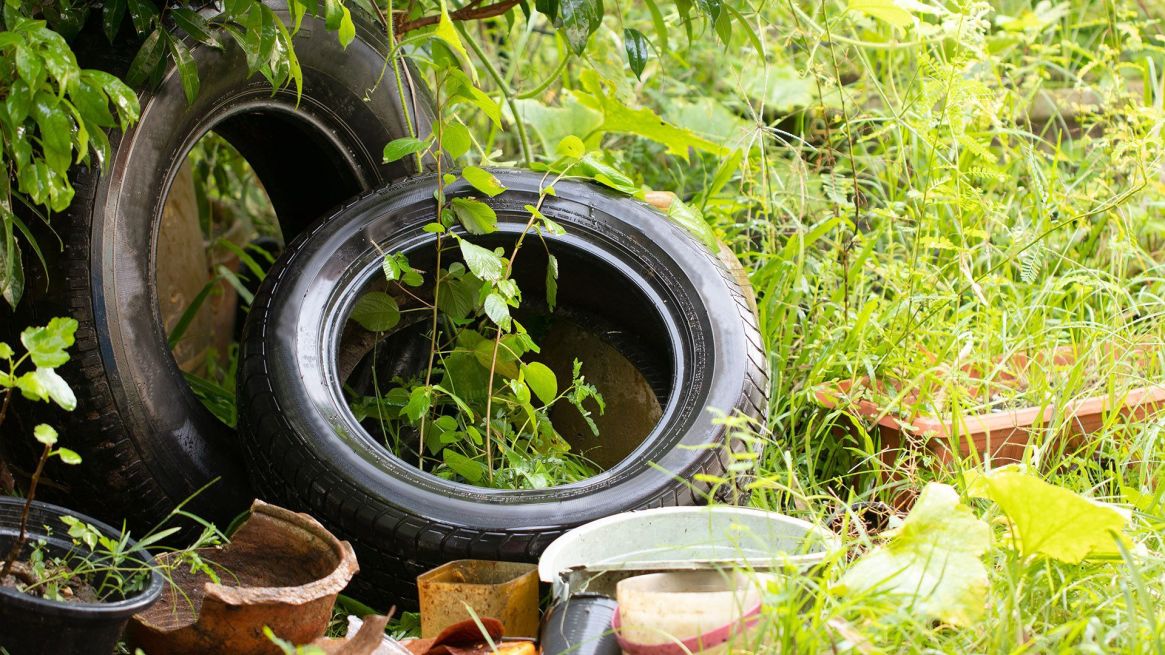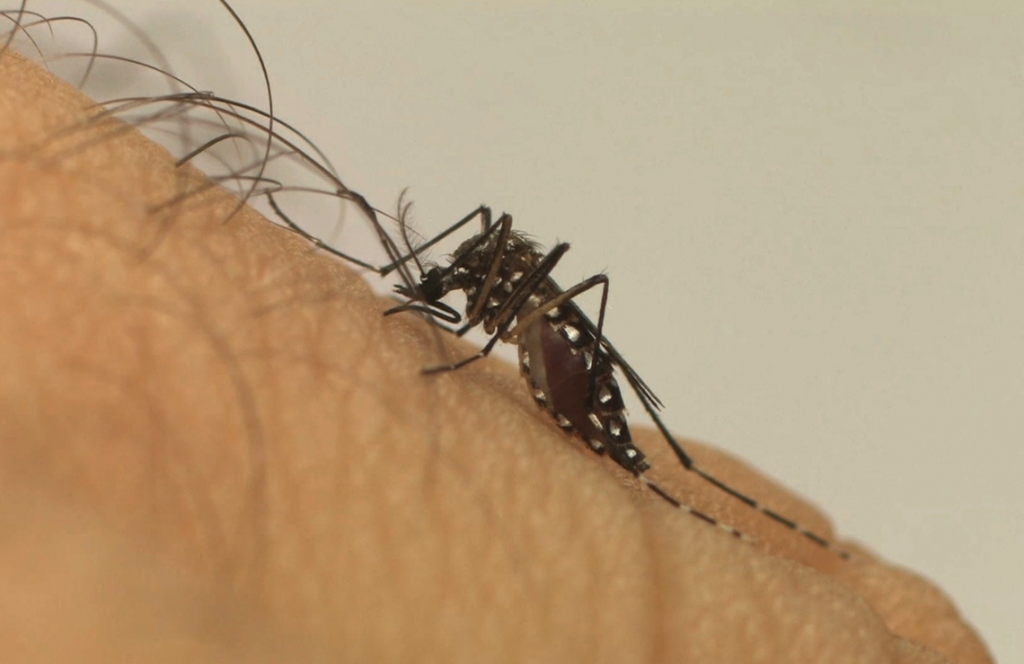RIO DE JANEIRO, BRAZIL – The Health Ministry reported today, September 11th, that 1,439,471 cases of dengue fever were reported nationwide from December 30th, 2018, to August 24th, 2019. The average is 6,074 cases per day and represents an increase of 599.5 percent compared to 2018. Last year, the incidences totaled 205,791 cases.
To date, Minas Gerais is the state with the highest number of occurrences, with a total of 471,165. A year earlier, the municipalities of Minas Gerais registered 23,290 cases.
São Paulo, with 437,047 cases, is in second place and is where the incidence of the disease increased the most, by 3,712 percent during the interval of analysis. In 2018, only 11,465 cases were reported.
Other areas that had reported cases of dengue fever are Goiás (108,079 cases), Espírito Santo (59,318 cases), and Bahia (58,956 cases). The most critical picture is found in the South (3,224.9%), which contrasts with that of the Center-West (131.8%). In addition, it is noted that only two states presented a decrease in the prevalence of dengue: Amazonas, which decreased the total from 1,962 to 1,384 (-29.5%), and Amapá, where there was a reduction from 608 to 141 (-76.8%).
Currently, the incidence rate of dengue in Brazil is 690.4 cases per 100,000 inhabitants. In total, 591 patients with the disease died this year as a result of health complications.
Chikungunya and zika
The ministry’s survey also gathers information on chikungunya fever. By the end of August this year, the country had registered 110,627 cases, compared to 76,742 in the same period in 2018.
According to the report, the rate of this infection, which is also transmitted by the Aedes aegypti mosquito, is much lower than that of dengue: 53.1 cases per 100,000 inhabitants. The states with the high concentration of the disease are Rio de Janeiro (76,776) and Rio Grande do Norte (8,899).
By the end of the year, 57 deaths were caused by chikungunya and were confirmed in the laboratory. At the national level, the variation from one year to the next was 44.2 percent, while in the northern region of the country the decrease was 32 percent and in the central-west, 92.7 percent.
The epidemiological bulletin also follows the situation of zika. In this case, only the Midwest presented a drop in transmissions (-35.4 percent).
From 2018 to 2019, the total number of cases of zika jumped from 6,669 to 9,813, generating a difference of 47.1 percent and changing the incidence from 3.2 to 4.7 occurrences per 100 thousand inhabitants. This year, the zika virus was the cause of the death of two people.

Recommendations
The ministry advises that during the period of drought, the population should take preventive measures, such as checking if there is any type of water tank in the backyard or inside the house. Another recommendation is to wash containers, such as pots of pet water and plant pots weekly with soap and water.
Do not allow garbage or rubble to pile up in open spaces, such as backyards, squares, and vacant lots is another important point. Another habit that can make a difference is the regular cleaning of gutters by removing leaves that can accumulate during the winter.
Source: Agência Brasil


